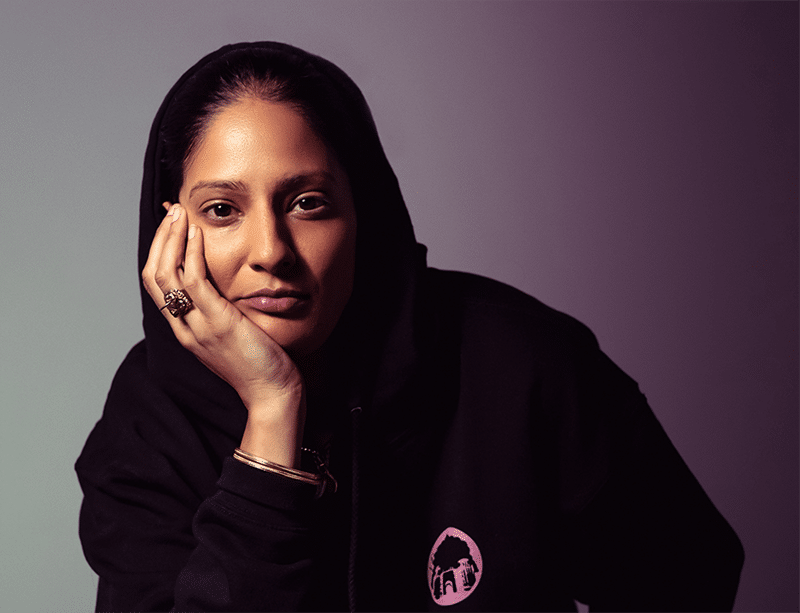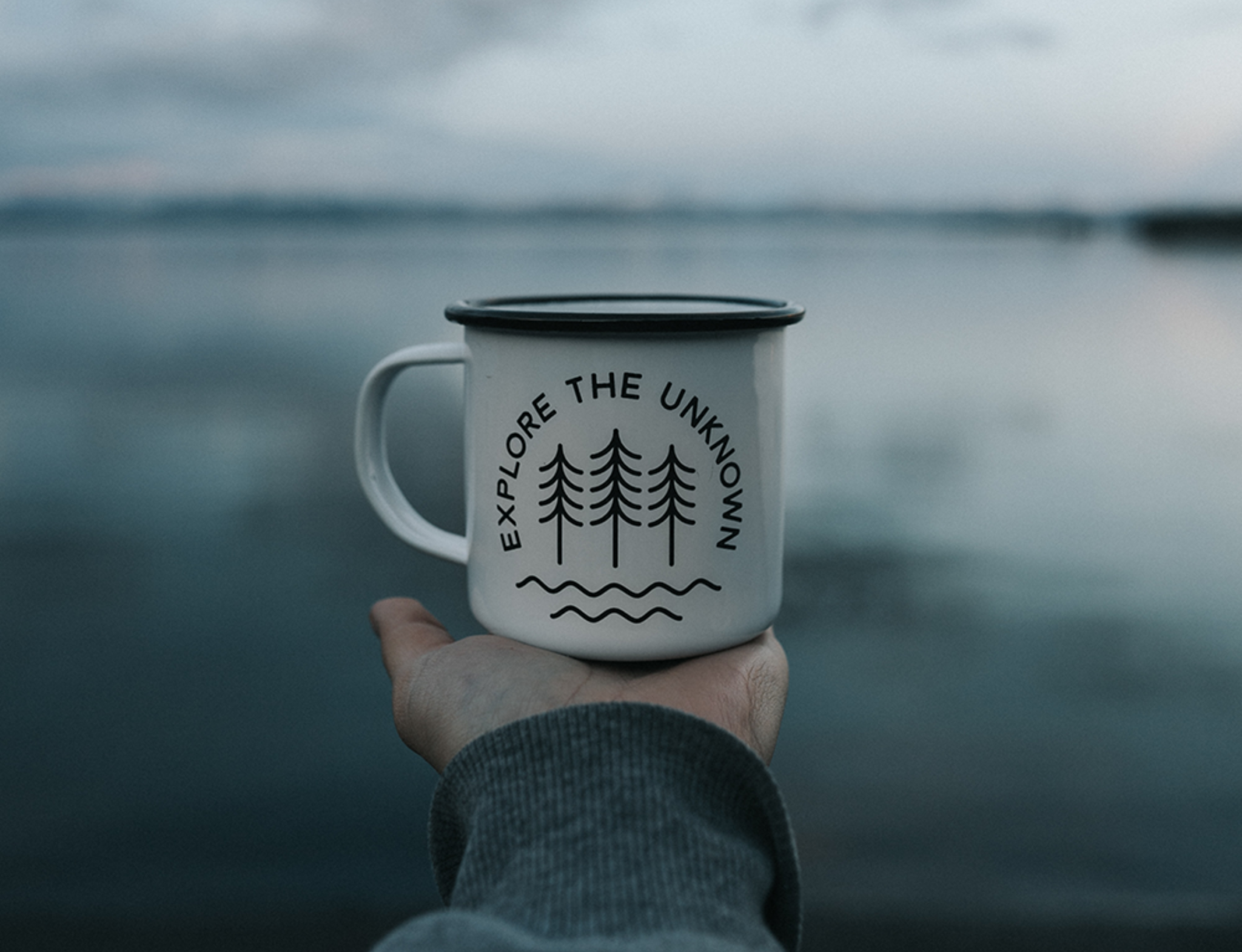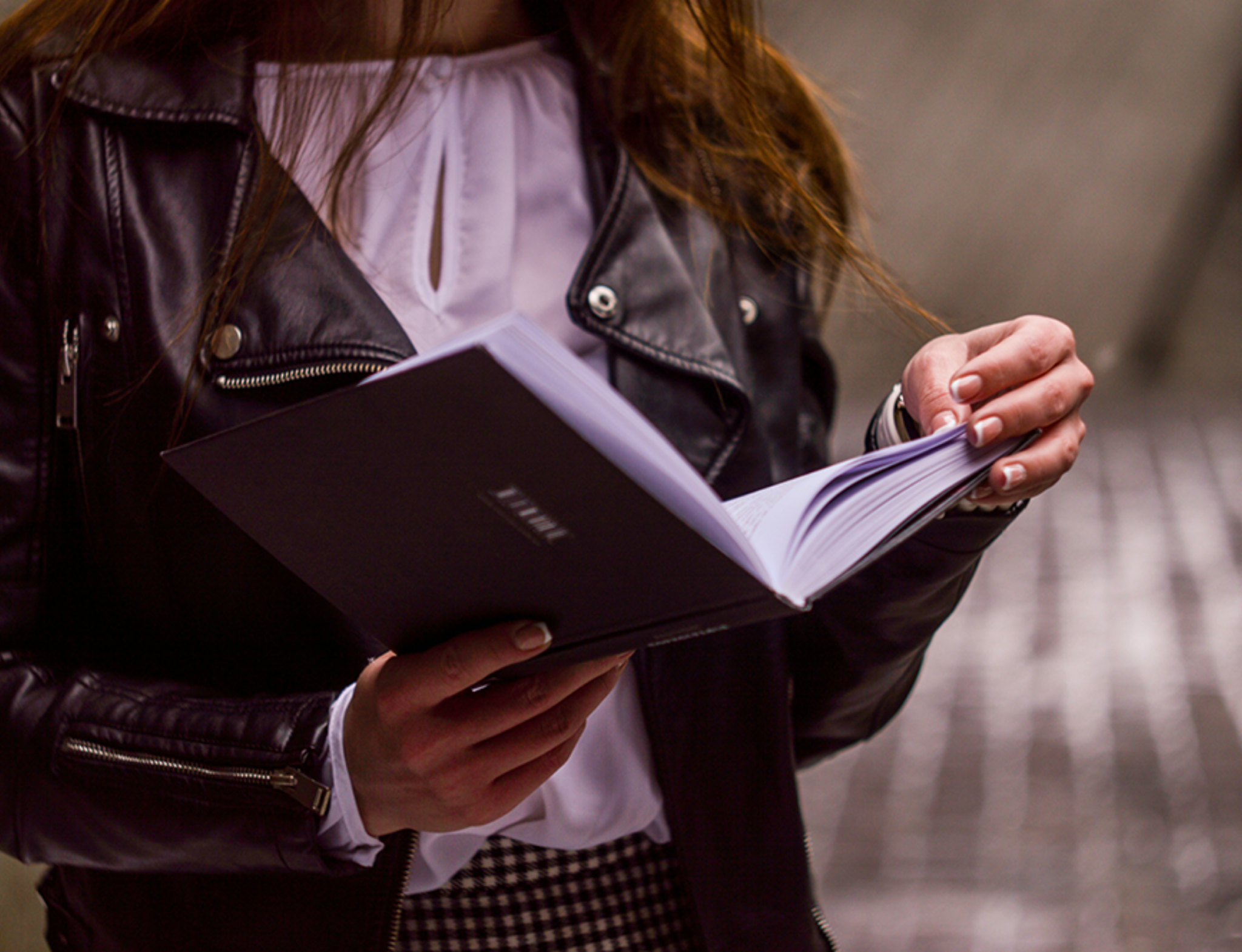For Zahra Siddiqui, the world is full of color. Zahra is a former youth worker, turned artist, and visual storyteller, leading the conversation on diversity, representation, and equity through art. When I first met Zahra, I couldn’t quite place her. She has the quiet intensity of someone who observes and knows more than they let on. A tall, soft-spoken Canadian of Pakistani descent, she exudes an energy that says — I see you, both powerful and unnerving at the same time.
Zahra is a photographer and a storyteller. She is the creator of The Invisible Majority, a mixed media body of work that speaks to the consciousness of our society. Zahra’s work showcases Black, Indigenous, and People of Color (the BIPOC community) and 2SLGBTQ+ individuals, to honor their stories. But beyond telling stories Zahra encourages us to ask an important question. Why is it necessary to create spaces specifically for people of color? What does this work say about our world and the people that inhabit it? And what can we learn about whose voices are heard and who is seen or more importantly not seen?
Zahra started taking portraits of people 11 years ago, at a time in her life when photography was more of an outlet than a career. She was working as a youth social worker with children at Toronto-based Covenant House, an agency for at-risk youth who are homeless or have been victims of trafficking.
Photography came into my life as a way for me to express myself and heal.”
“Taking care of people is something I learned from a young age. My father got sick when I was eight years old, so from the ages of eight to 14, I grew up caring for him. Care for others became second nature to me. I began my career in social work at Covenant House and that was a transformative experience. A lot of what I learned growing up carried me through that work, but I was also around a lot of trauma, and eventually, I burnt out. That’s when photography came into my life, as a way for me to express myself and heal.”
For Zahra, photography was a form of self-care at a time when life required deep care for others. What started as a simple and fun hobby would crack open an entire world of color and vibrancy. Her camera would become a medium to show us how people of color and members of marginalized groups are preferably unseen. That our world is diverse, and if we aren’t seeing it in the spaces we occupy, it’s because diversity has been deliberately kept out.
“I moved to New York to spend a summer and network with artists I had connected with on Instagram. It was a difficult time because Trayvon Martin had just been murdered and there was a lot of pain in the Black community. The reality of just how deep the roots of racism spread was hitting me and I didn’t feel that my work was making an impact. I stopped taking pictures and started to collage using old copies of National Geographic. Again, it was an outlet and a therapeutic way for me to channel what I was feeling into something creative.”
What Zahra didn’t realize was that she had subconsciously stumbled upon the seed of what would go on to be a defining piece of work.
” When I returned to Toronto I was approached by Elle Alconcel, the then curator at the Daniels Spectrum art hub in Toronto. They wanted to do my first solo show of 100 portraits and asked for some prototypes from my archives. As I was looking through my work, I came upon my collages, and they just jumped out at me. I decided to do 100 mixed-media, collaged portraits by hand instead. I had 4 months to put the show together and I made 150 portraits, and that’s when the Invisible Majority was born.”
The Invisible Majority is a teachable body of work that role models the time and society we live in. As a novice artist, taking photos on the Toronto scene Zahra met artists from all backgrounds, people of color, Black artists, members of the community that she had never really seen before in mainstream media and pop culture.
“It was an entire world that contrary to what I had believed before, wasn’t a minority. We are actually a majority by raw numbers and yet we are not part of mainstream art or culture,” Zahra tells me from her condo in Toronto.
“For too long, Black, Indigenous, and people of color have been treated like we are not here. Our history, culture, language, traditions are not seen, and so I want future generations to look at the Invisible Majority and ask why.”
If a conversation is what Zahra hopes to trigger, she has succeeded. The name itself is meant to give you pause and ask how a majority could be invisible. And if they are, why? I ask Zahra if anyone has ever questioned the work or its name.
I go where I am needed. I would love to take pictures of everyone someday but until we live in a more equitable world, it’s not the work I am called to do.”
“I have received questions about why I only take photos of people of color and if I would consider branching out to include white people in my work. My response to that is that I go where I am needed. I don’t feel like I am needed by white people. I would love to take photos of everyone someday, but until we live in a more equitable world, that’s not the work I am called to do.”

Zahra’s work exposes uncomfortable truths. It is our world caught on film. A world where Black, Indigenous, people of color and where marginalized groups need dedicated, safe spaces and representation because of systemic oppression. And these are truths Zahra doesn’t shy away from. In fact, she seeks to uncover them in the hope that they will someday be embedded into our collective consciousness.
I ask Zahra what she hopes for the future of The Invisible Majority.
“I hope it will teach future generations about why our world needed a work like this. I want kids 100 years from now to ask questions — what was the world like for people of color at that time? Why did she only choose to tell their stories? What was the state of our collective consciousness around race? These are questions I hope my work raises now and in the future. I would love for it to go up someday in an institution where it can be seen and accessed for education.”
Zahra’s work is particularly important to the cultural moment in Canada. The recent discovery of mass graves of Indigenous children, and the dark history of the residential school system is forcing the country to reckon with its colonial and genocidal past. It’s encouraging Canadians to look around in their communities, at their neighbors, friends, and co-workers, and ask themselves — whose stories are we not telling? Whose voices are being silenced?
As a Canadian woman of color of South Asian descent, I have struggled to see myself represented in media, art, and pop culture. The Invisible Majority is a hopeful reminder to women like me that people who look and sound like us aren’t a minority, even in the Western world. We exist, our culture exists and there are spaces for us to be seen and celebrated. And that right now we can see ourselves through the enigmatic and deeply thoughtful work of this multi-talented artist.
The Invisible Majority was invited to be part of 1 of 4 public art installations during the 2021 Pride Festival. The installation includes 22 black and white portraits of the Queer BIPOC community, standing 4ft high and 20ft wide. These images were showcased at Stackt Market’s Pocket Park, in Downtown Toronto, from June 1st -30th, 2021. You can shop The Invisible Majority merchandise here.






